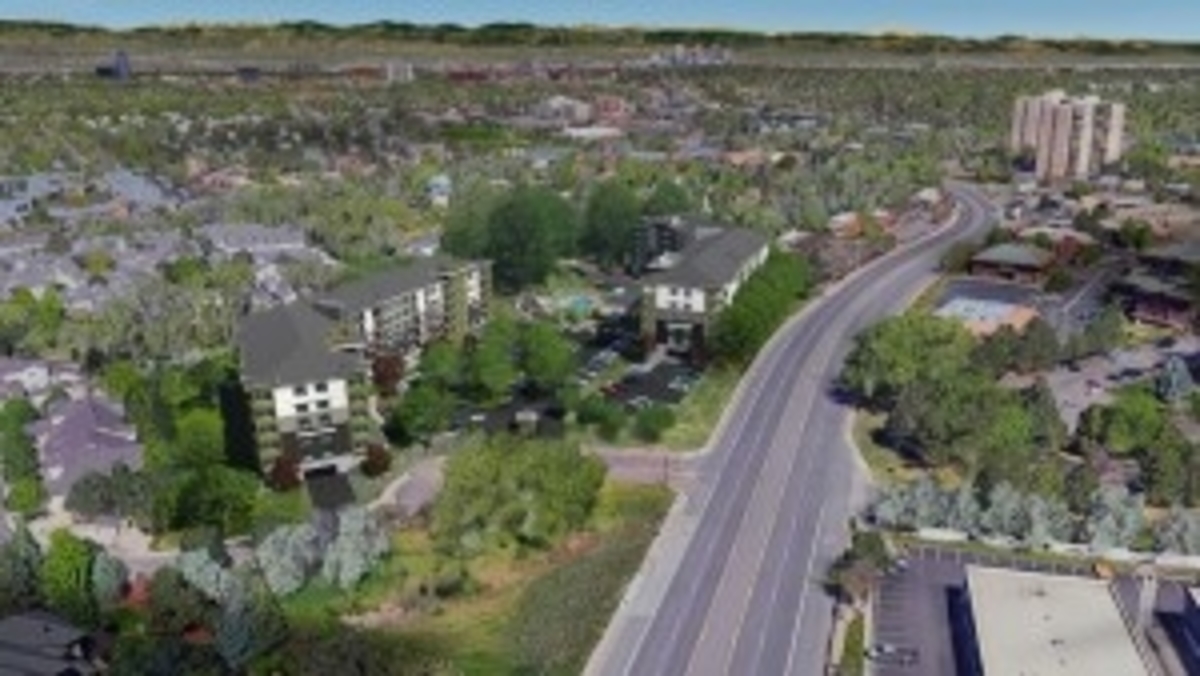From NIMBY to YIMBY: Navigating Challenging Development Approvals

Most people do not like change, especially when it comes to their neighborhood. Achieving positive entitlement outcomes through community meetings, municipal staff and media interactions, and public hearings is becoming more challenging in this era of elevated activism and social media access.
Turning NIMBY (not in my backyard) to YIMBY (yes!) and winning development approvals requires significant preparation before the team ever puts pencil to paper. It is important to invest time before design, doing deep research and gaining a better understanding of what to expect during the process.
Take the political temperature
It is important to understand the existing and proposed zoning, local politics, and growth strategies, but it is also critical to know how local citizens view development. Some of the most common concerns include:
- Growth – big picture/anti-growth sentiment
- Intensity of the proposal – unknown product types, density, lack of understanding of the necessary balance between rental and ownership
- Safety – separation of vehicular and pedestrian networks and connectivity
- Environment – wildlife endangerment and the preservation of key features and open space
- Overcrowding – burden on services, including police, fire and schools
- Traffic – anticipated improvements/impacts to various levels of service
- Property values – adverse impacts
- Pollution – noise, light and visual
For development success, it is imperative to understand the perspective of neighbors and community groups when it comes to the details of your project.
Interface with local leaders
As you embark on your journey toward approval, it is critical to build strong relationships and interface with local leaders. This is where the finger is on the pulse of politics, important issues, growth and change.
- Introduce yourself to the staff you will be working with and build a solid foundation with them early in the process. Communication and full disclosure are key. Be sure to ask questions and listen. Know your facts and be ready to answer questions.
- Get to know the elected officials who will be reviewing the proposal, making recommendations and voting on your application. Talk to them early, ask questions and be ready to answer questions.
- Know the districts and election schedule. Approving bodies are subject to election cycles, which may or may not be favorable for your proposal.
Meet with the neighbors
“You just want to make money.” “This is a horrible idea.” “There is no logical reason for this.” “Don’t ruin peoples’ lives.” “I’m being scammed.” These are some of the common things overheard at neighborhood meetings. The primary task is not to win people over, but rather to maintain contact and open a dialogue. More than anything else, honest communication works best.
Sharing information can lead to vulnerability, but remember, the project plans will be made public at some point. It is better to place all ideas on the table early. Waiting too long can cause concerned citizens to react and raise suspicions.
The key is to document plans early in the process and highlight the YIMBY aspects of your proposal. This could entail:
- Introducing an innovative housing type
- Providing affordable housing (rent or own)
- Making traffic improvements
- Preserving unique land
- Improving pedestrian networks
By documenting the plans early on, reactions from opponents will be easier to manage. Doing so also allows time to recalibrate strategies if necessary, and avoids costly changes later in the process.
Prepare for public hearings
Understand typical meeting formats in your municipality prior to any hearings. Meeting protocol can vary greatly from casual to very formal depending on the jurisdiction. Consider the following tips to make applications clear and convincing:
- Keep it simple. Provide a visual summary that is uncomplicated and understandable.
- Bring supporting documentation. Provide facts, important imagery, and statistics supporting the proposal.
Remember to always focus on the facts.
- Data will always work. Facts may not convert opponents but they can neutralize emotional NIMBY arguments.
- Facts will allow decision makers to rely on solid well-researched information.
Throughout the approval process, whether working with neighborhoods, municipal staff or decision makers, keep communication open and rely on facts as a foundation.
This post was adapted from an article in the Summer 2018 issue of Best in American Living. You can read the issue for the full article and other stories. Chris Grady is a principal and the director of land planning with Kephart, a Denver-based residential architecture and land planning design firm
